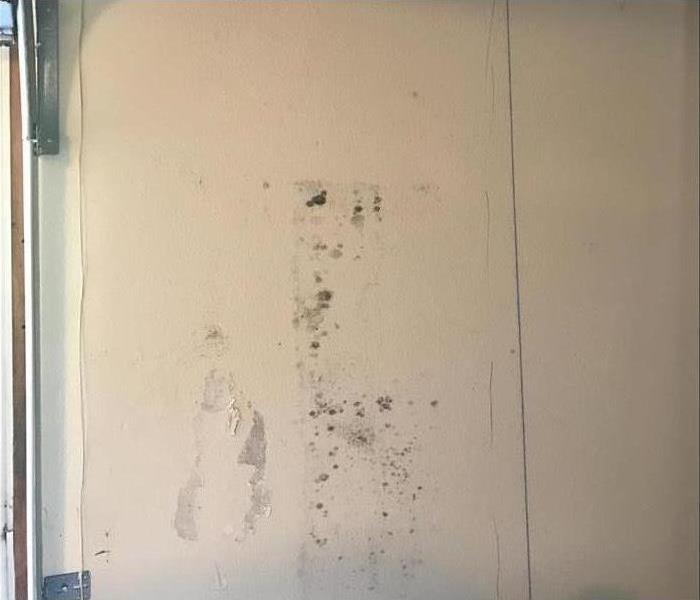Assess Mold Damage in 4 Steps
9/17/2018 (Permalink)
Mold can multiply rapidly when moisture is present in a residence. These four mold assessment steps will lead you from detection to identification, resolution, and remediation of a mold or mildew problem in your home. You can begin to inspect readily accessible areas, but you should never attempt to find hidden mold. For the best results, you should hire a certified specialist or hygienist.
1. Determine Whether Mold is Present
The first step to assessing mold damage is to determine whether mold is growing in a home. If you do not see any visible mold, contact a certified specialist to continue the search. Never attempt to cut holes in walls, floors, or other structural surfaces, or peel wallpaper to check for mold on your own. In doing so, you may expose yourself and other residents or help these spores spread throughout your home.
2. Identify the Type and Extent of Growth
A mold expert or hygienist can locate mold and perform tests to identify the particular type of mold in your home. Keep in mind that black mold is not always black in color. Mold assessment is a job best left to trained experts.
3. Address the Source of the Problem
The primary source for mold or mildew growth is the presence of moisture within a structure. You will need to take steps to fix a leak or dehumidify areas prone to dampness to prevent mold spores from starting to multiply.
4. Inspect Damaged Contents
Some contents or items damaged by mold will need to be safely disposed of and replaced. Mold remediation specialists can help you determine which items are capable of being restored.
These four mold assessment steps can guide residents through every step of the process. If you are dealing with mold in your home in South Oceanside,CA , hire a certified specialist or hygienist and remediation experts.






 24/7 Emergency Service
24/7 Emergency Service
